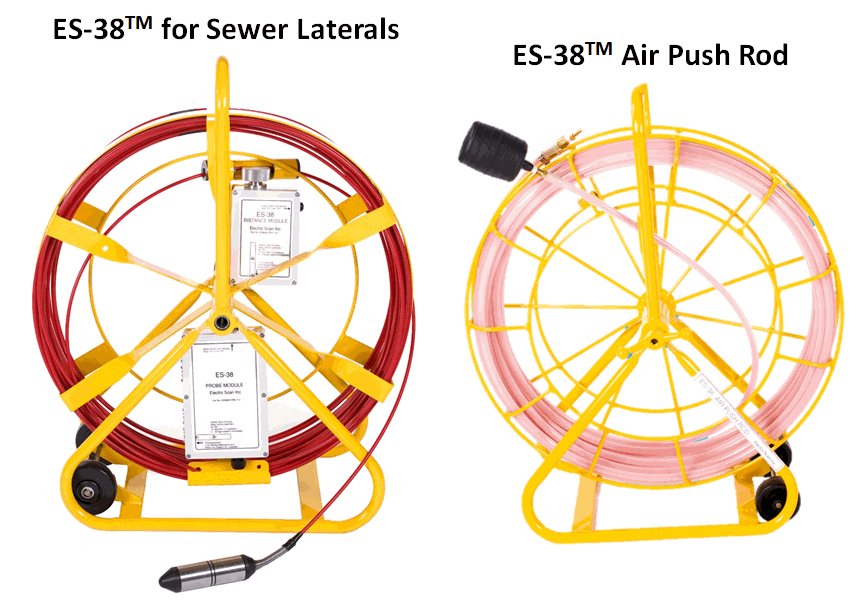Leading Sewer Agency in Ohio Selects Electro Scan; Retrofits CCTV Truck
Tri-Cities North Regional Wastewater Authority, Dayton, Ohio, Purchases ES-620 for Sewer MainTM From MTech Company
SACRAMENTO, Calif., USA, May 8, 2013 – Electro Scan Inc., a global innovator of sewer leak detection instrumentation and cloud computing applications, today announced that the Tri-Cities North Regional Wastewater Authority (TCA), Dayton, Ohio, has contracted to purchase Electro Scan’s ES-620 for Sewer MainsTM to evaluate 6 inch to 20 inch diameter pipes. Electro Scan’s cutting-edge solution gives TCA expanded power to more effectively and efficiently assess its sanitary sewer system, improve its ability to target needed repairs, and certify ongoing lining projects as “leak free.”
Download the Electro Scan Field Demonstration conducted for TCA on March 22, 2013.
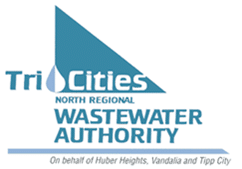
TCA was formed in June 1996 by a joint venture agreement between the city councils of Huber Heights, Vandalia, and Tipp City, Ohio. The agreement was made possible by an Ohio statute that allows municipalities to enter into joint venture agreements to provide utility services.
Managing a combined network of 265 miles of sewers and serving a population of 61,000, TCA employs a general manager to oversee the day-to-day operations and maintenance of its wastewater treatment plant, currently under contract to Veolia Environmental Services.
“The thing that sold us was the fact we can use Electro Scan any day of the year, under any condition,” said David Heckler, TCA General Manager. “We typically have to wait until the ground is dry to conduct smoke testing and/or the sewer lines are under normal flow to conduct closed-circuit television (CCTV) inspection; but with Electro Scan we can inspect year round and utilize Electro Scan’s GPM infiltration calculation function to quickly identify and address our hot spots.”
Such advanced capabilities greatly enhance the ability of wastewater organizations, like TCA, to accurately assess their sewer and stormwater networks; locate sources of infiltration to specific internal pipe locations; certify pipe lining and new construction projects; help limit sanitary sewer overflows (SSOs); and overcome limitations of legacy inspection techniques.
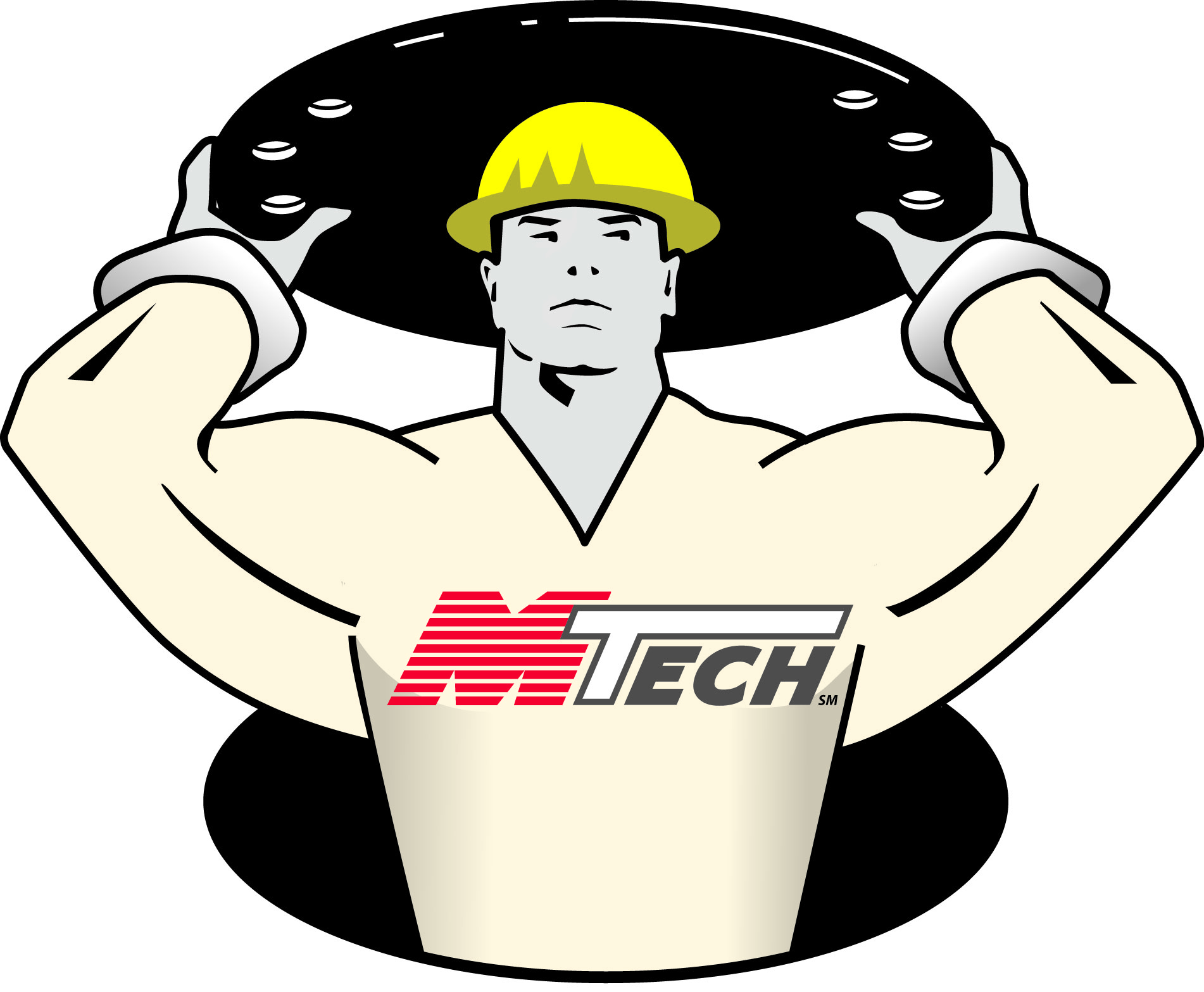
The purchase is being arranged though MTech Company (Cleveland, OH), Electro Scan’s authorized dealer for Ohio and Michigan. “We strongly believe that Electro Scan fills an immediate need for wastewater utilities to accurately assess their defects and certify that repairs and lining projects have been done correctly,” stated Dan Soukup, Vice President, MTech. “Combining Electro Scan and CCTV offers a 365-day a year solution for dry-weather and wet-weather evaluation of any sewer or drainage network.”
Electro Scan fundamentally changes how a wastewater network is evaluated and prioritized for repair and rehabilitation. By using its U.S. and International patent-pending technology, Electro Scan’s probe is connected to either a standalone push rod or added to an existing CCTV truck. By surrounding its probe with water to serve as a conductor, Electro Scan automatically analyzes pipe integrity by measuring the variation of electricity passing through cracks in the wall of a pipe, bad joints, or defective service connections – oftentimes undetected by visual observation.
Developed in accordance with ASTM Standard 2550-06, Electro Scan accurately identifies, locates, and measures an estimated peak rate of infiltration from defects in sewer and stormwater pipes. In addition to assessing existing non-conductive pipe materials (e.g. asbestos cement, brick, clay, plastic, resin, reinforced concrete, etc.), Electro Scan is able to certify point repairs and lining projects as “leak-free.”
Scanning data is electronically captured using its in-pipe probe which is manually pulled through the pipe. Once scanned, data is either automatically sent via Bluetooth to the Electro Scan Smartphone app or stored directly by the Electro Scan In-Vehicle desktop application, where it may be transmitted to the Company’s trademarked cloud application, www.CriticalSewers.com.
“An increasing number of utilities worldwide are relying on Electro Scan to delivery smart technology to better survey and assess drainage systems and safeguard our waterways,” said Chuck Hansen, Electro Scan’s Chairman and CEO. “By upgrading or retrofitting your CCTV trucks to include Electro Scan, sewer agencies, like TCA, can optimize their planning and operational activities to fix their worst pipes, first, and make sure utilities are getting what they are paying when rehabilitating their sewers.”
About Electro Scan Inc.
Electro Scan is a leading global provider of sewer leak detection instrumentation and cloud computing applications that meet the technological needs of wastewater utilities, commercial businesses, residential customers, and engineering organizations worldwide. Its clients include customers and authorized dealers in the United States, United Kingdom, Europe, and Asia Pacific. With unparalleled expertise, Electro Scan represents the next generation in sewer survey evaluation technologies that allows customers to manage, protect, operate and certify their wastewater infrastructure. For more information, call Electro Scan at +1 916 779 0770, or visit www.electroscan.com.
Click here to “Like” us on Facebook.
Contact
Janine Mullinix
1745 Markston Road
Sacramento, California USA 95825-4026
Telephone: +1 916 779 0660
Fax: +1 916 779 0661
Email: info@electroscan.com

 “We are delighted to have our peers recognize our breakthrough technology,” stated Chuck Hansen, CEO of Electro Scan. “Never has a single product changed how sewers are evaluated and prioritized for repair — not to mention providing the first automated tool to certify repairs after rehabilitation.”
“We are delighted to have our peers recognize our breakthrough technology,” stated Chuck Hansen, CEO of Electro Scan. “Never has a single product changed how sewers are evaluated and prioritized for repair — not to mention providing the first automated tool to certify repairs after rehabilitation.”
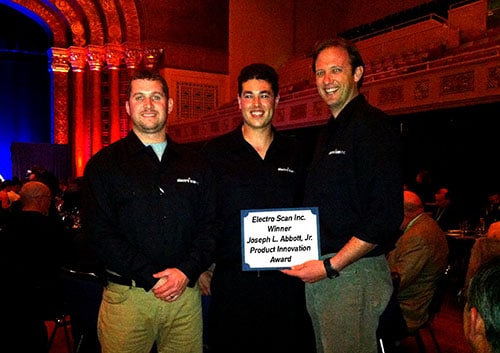








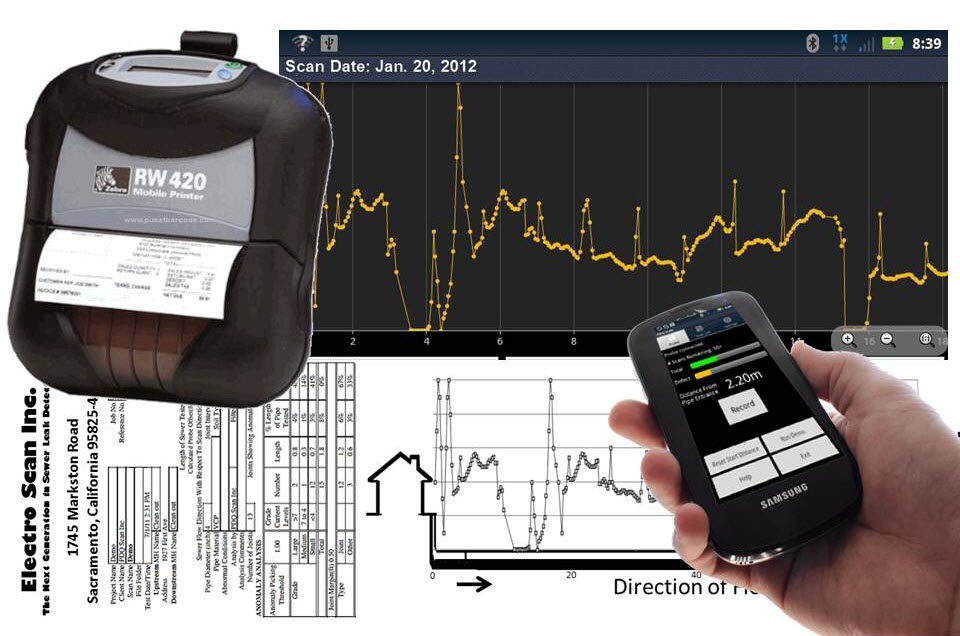
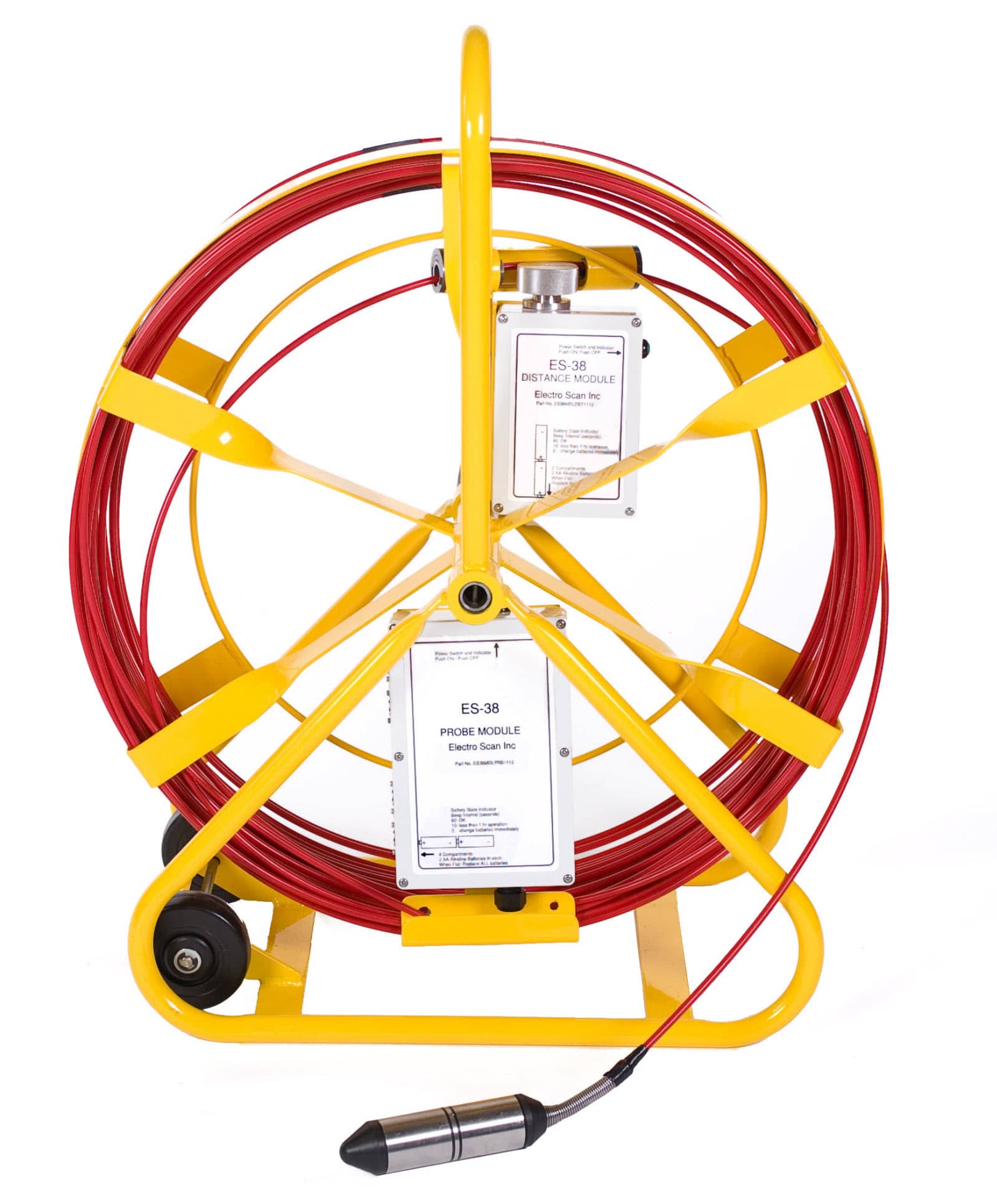 Key features of the ES-38™ for Sewer Laterals include:
Key features of the ES-38™ for Sewer Laterals include: